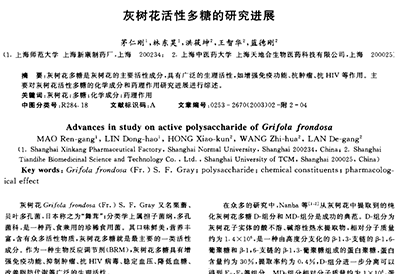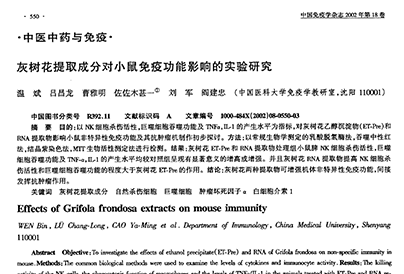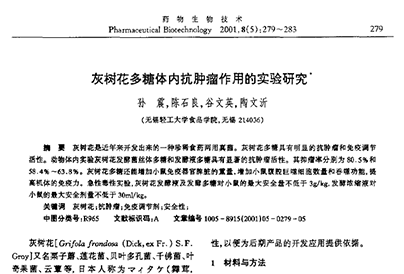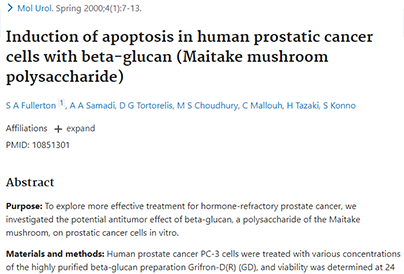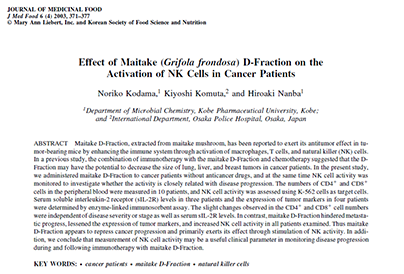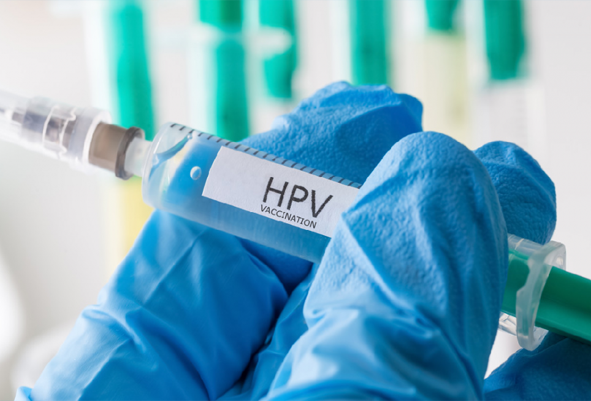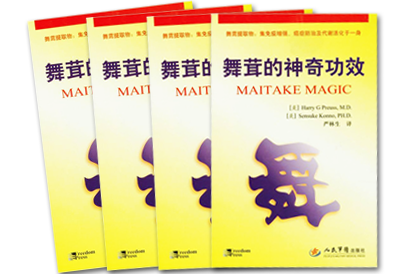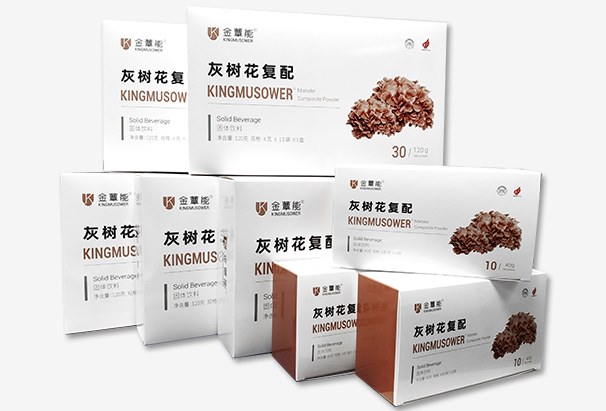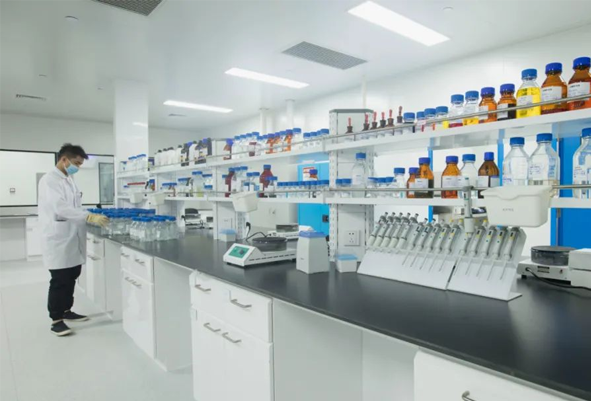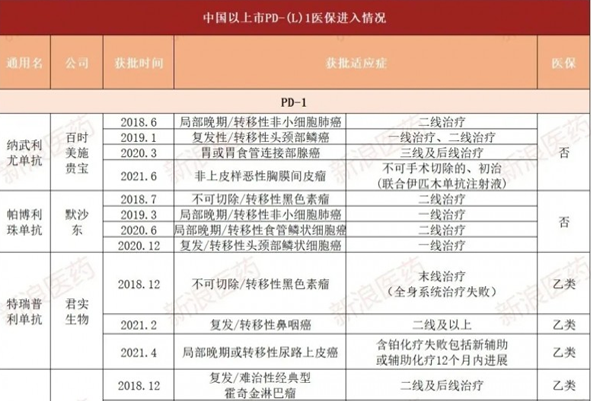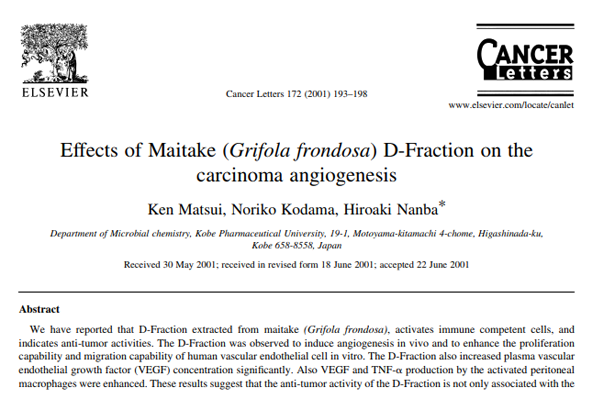Chemotherapy is the abbreviation of chemotherapy. It is a kind of systemic treatment. Together with surgery and radiotherapy, it is called the three major treatments for cancer. Chemotherapy is the use of chemical drugs to prevent the proliferation, invasion and metastasis of cancer cells, and finally kill cancer cells and treat malignant tumors.
Almost all anti-tumor chemotherapy drugs are cytotoxic drugs. While killing tumor cells, they have certain toxic and side effects on human normal cells, especially on cells with rapid division and proliferation, such as bone marrow hematopoietic cells, gastrointestinal mucosal epithelial cells, etc. Therefore, in the effective tumor chemotherapy, toxic and side effects are almost inevitable.
It summarizes the side effects and prevention methods that need special attention in clinical treatment for your reference.
1、 Nausea and vomiting
Chemotherapy induced nauseaand vomiting (CINV) is a common, predictable and preventable adverse reaction of chemotherapy.
For chemotherapy patients, the prevention and treatment of CINV should be considered in the first cycle. Prevention of CINV during the first chemotherapy can reduce the risk of expected CINV in the subsequent chemotherapy cycle.
Risk drugs that can cause CINV:

CINV treatment drugs:
• traditional antiemetic drugs: dopamine receptor antagonists, such as metoclopramide; Antihistamines, such as diphenhydramine and promethazine; Anti phenothiazine drugs, such as chlorpromazine; Corticosteroids, such as dexamethasone.
• 5-HT3 receptor antagonists: such as ondansetron, granisetron and palonosetron, have always been effective drugs to prevent nausea and vomiting caused by drugs with high and moderate risk of emesis.
• NK-1 receptor antagonists: such as arepitan, fosapitan, NEPA capsules, etc., can significantly control nausea and vomiting caused by high and moderate emetic chemotherapy drugs.
CINV processing strategy:
• for patients receiving chemotherapy regimen with high risk of emesis, the triple regimen of 5-HT3 receptor antagonist +nk-1 receptor antagonist + dexamethasone or the quadruple regimen of 5-HT3 receptor antagonist +nk-1 receptor antagonist + dexamethasone + olanzapine may be used.
• for patients receiving chemotherapy regimen with moderate risk of emesis, 5-HT3 receptor antagonist +nk-1 receptor antagonist (including carboplatin regimen) or 5-HT3 receptor antagonist + dexamethasone (excluding carboplatin regimen) can be used for antiemetic treatment.
2、 Myelosuppression
Myelosuppression is the most common hematological toxicity of chemotherapy drugs. The degree and duration of its reduction are related to the type, dose, combination of chemotherapy drugs and the patient's own factors.
Myelosuppression grading: according to nci-ctcae 5.0 standard, myelosuppression is divided into 4 grades:
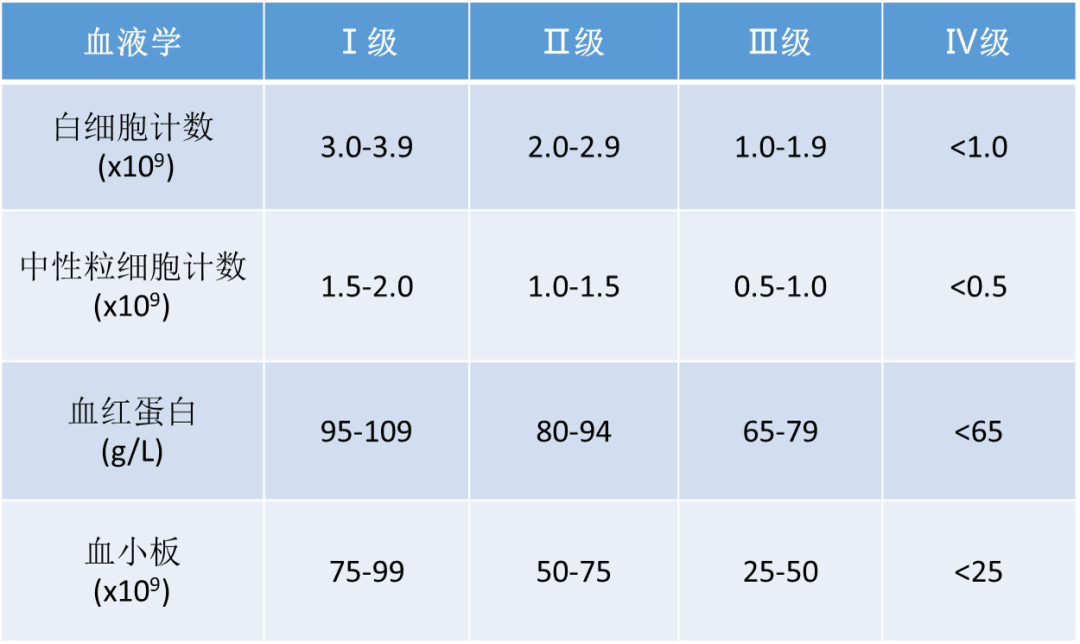 Treatment of myelosuppression
Treatment of myelosuppression
For patients with high risk of febrile neutropenia (FN), G-CSF can be used prophylactically; However, prevention is not recommended for low-risk patients, and G-CSF can be given after granulocytopenia.
Hemoglobin <100 g/l can be injected subcutaneously with erythropoietin (EPO) and supplemented with iron.
The treatment of chemotherapy-related thrombocytopenia includes platelet transfusion and administration of platelet growth promoting factor. Platelet growth promoting factors include recombinant human interleukin-11 (rhIL-11), recombinant human thrombopoietin (rhTPO), TPO receptor agonists romistine and itropopa.
At present, only rhIL-11 and rhTPO have been approved by the State Food and Drug Administration for the treatment of tumor related thrombocytopenia in Chinese Mainland.
• when CIT occurs and there are bleeding symptoms, it is necessary to infuse platelets or give rhTPO while infusing platelets;
• platelet count ≤ 10 in case of CIT without bleeding × 109/l, requiring prophylactic platelet transfusion or rhTPO at the same time of platelet transfusion;
• platelet count > 10 × At 109/l, platelet transfusion is not recommended.
3、 Diarrhea
Chemotherapy induced diarrhea (CID) is a common gastrointestinal side effect caused by chemotherapy in cancer patients. CID will not only reduce the quality of life of patients, but also lead to water and electricity disorders, dehydration, infection, and severe shock and death.
The most common drugs that can cause CID are fluorouracil, irinotecan, hydroxycamptothecin, capecitabine, etc.
CID classification: according to the classification standard of the international anti cancer association, CID can be divided into 0-5 levels:
• level 0 none
• grade 1 increased defecation frequency by <4 times / day compared with that before treatment
• grade 2: the number of bowel movements increased by 4-6 times /24 hours compared with that before treatment
• grade 3: compared with before treatment, the number of stools increased by ≥ 7 times / day, fecal incontinence, severe abdominal pain or fecal incontinence, affecting daily activities, requiring hospitalization
• life threatening level 4 (e.g. circulatory failure)
• level 5 death
CID handling:
Before using irinotecan, the incidence of diarrhea could be roughly predicted by detecting UGT1A1 gene. The incidence of homozygous mutant UGT1A1 7/7, heterozygous UGT1A1 6/7, wild-type UGT1A1 6/6 and grade 3-4 delayed diarrhea were 27.6%, 18.5% and 6.9% respectively.
Diarrhea will not be prevented before chemotherapy, only the laxative (lactulose, etc.) needs to be stopped, and different treatments will be given according to the level of diarrhea after chemotherapy:
• diarrhea below grade 2: no need to stop taking medicine, actively replenish fluids, avoid electrolyte disorders, eat less and more meals, and choose digestible food.
• diarrhea above grade 2: stop using chemotherapy drugs that may cause diarrhea, and take drugs such as montmorillonite powder and loperamide orally to stop diarrhea.
Loperamide usage:
• take 4mg for the first time, then 2mg/4h, and stop the drug 12 hours after the diarrhea stops; It is not allowed to change the dose and dosage during the midway, and the continuous use of Yimengting shall not exceed 48h;
• if the diarrhea does not stop after 24h, loperamide should be increased to 2mg/2h to fight infection (fluoroquinolone);
• if the diarrhea does not stop after 48h, octreotide shall be injected subcutaneously for 100~150ug/q8h, and then the dose shall be increased or 25~50ug/h as appropriate, and the continuous intravenous administration shall be continued until 24 hours after the diarrhea is controlled.
• diarrhea with fever, nausea, vomiting, bloody stool, etc.: octreotide dose can be increased to 100-200ug/q8h
4、 Alopecia
Hair loss is a side effect that can only be prevented, difficult to treat, and can not be completely prevented. And the fall of hair has a great impact on all aspects of people, such as image, confidence and emotion.
Chemotherapy drugs that can cause hair loss:
• antibiotic chemotherapeutic drugs: adriamycin, epirubicin, bleomycin;
• taxol: Taxol, docetaxel, etc;
• alkaloid chemotherapy drugs: etoposide and vincristine.
Handling principle:
The scalp cooling method can be used to prevent hair loss. Wearing an ice cap can cool the scalp, constrict blood vessels, reduce the concentration of drugs reaching the hair follicle, and reduce hair loss to a certain extent. Actively conduct psychological counseling for patients, recommend that patients cut short hair and wear wigs, and inform them that their hair can grow again after chemotherapy.
5、 Peripheral neurotoxicity
Chemotherapy induced peripheral neuropathy (CIPN) can be induced by platinum, Taxus and Catharanthus roseus alkaloids. The incidence rate of CIPN depends on the type and cumulative dose of chemotherapy drugs. CIPN is more common in patients with nerve damage (who have previously suffered from CIPN or other causes such as diabetes) before chemotherapy.
Chemotherapy drugs that can induce CIPN:
• platinum: cisplatin, oxaliplatin, etc;
• vincristine alkaloids: vincristine, vinorelbine, etc;
• taxol: Taxol, docetaxel, new taxol preparations;
• others: Thalidomide, bortezomib, etc.
CIPN processing principle:
• reduce the dose of chemotherapy drugs. The research shows that when the peripheral neurotoxicity occurs with Taxus drugs, it needs to be reduced by 20%; For peripheral neuropathy caused by cisplatin and other drugs, it is necessary to prolong the interval of chemotherapy and reduce the dose of chemotherapy;
• for CIPN caused by oxaliplatin, patients should keep their hands and feet warm;
• give drugs that nourish nerves such as Mecobalamin.
6、 Cardiotoxicity
The manifestations of cardiac toxicity caused by different anti-tumor drugs are also different, which can be divided into:
• impairment of cardiac function (e.g. anthracyclines and trastuzumab)
• impairment of vascular function (e.g. 5-FU and capecitabine)
• damage to cardiac function and blood vessels (e.g. bevacizumab and sunitinib)
Chemotherapy can not only directly lead to heart disease, but also promote the occurrence of cardiovascular disease or become an important risk factor for cardiovascular disease.
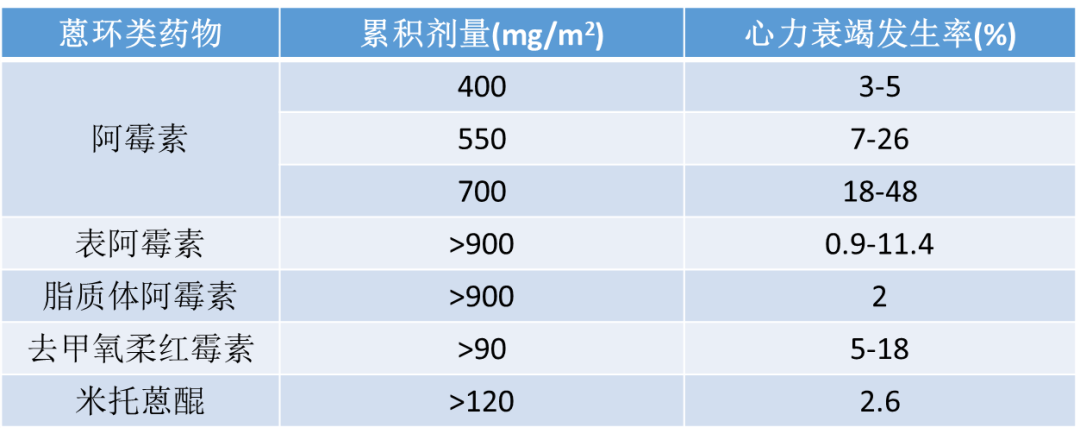
Prevention of cardiotoxicity:
• limit or reduce the maximum cumulative dose of anthracyclines;
• change the mode of Administration (continuous pumping);
• change the dosage form (doxorubicin to doxorubicin liposome);
• application of cardioprotective drugs: dextrorezosin, the dose ratio of Dze to anthracycline drugs is 10-20:1, dze:dnr=20:1, dze:adm=20:1, dze:epl=10:1, and others include angiotensin II receptor antagonists / angiotensin converting enzyme inhibitors β Receptor blockers, statins);
• behavioral therapy.
7、 Drug induced liver injury
Chemotherapy drugs and their metabolic excipients may induce abnormal liver function, namely drug induced liver injury (DILI), also known as drug-induced liver disease.
Chemotherapy drugs that may cause Dili include cyclophosphamide, cyclosporine, methotrexate, oxaliplatin, etc.
Dili risk factors include: old age, female, pregnancy, drinking, combined use of drugs, chronic liver disease, AIDS, etc.
Dili severity rating:
• grade 0 (no liver injury): the patient can tolerate the exposed drugs without hepatotoxic reaction.
• grade 1 (mild liver injury): serum ALT and / or ALP were increased recoverably, tbil<2.5uln (2.5mg/dl or 42.75 μ Mol/l), and inr<1.5. Most patients can adapt. There may be or no symptoms such as fatigue, weakness, nausea, anorexia, right upper abdominal pain, jaundice, pruritus, rash or weight loss.
• grade 2 (moderate liver injury): elevated serum ALT and / or ALP, tbil>2.5uln, or INR ≥ 1.5 despite no elevated TBIL. The above symptoms may be aggravated.
• grade 3 (severe liver injury): elevated serum ALT and / or ALP, tbil>5uln (5mg/dl), with or without INR ≥ 1.5. The patient's symptoms are further aggravated, requiring hospitalization or prolonged hospitalization.
• grade 4 (acute liver failure): elevated serum ALT and / or ALP, TBIL ≥ 10uln (10mg/dl) or daily rise ≥ 1.0mg/dl, INR ≥ 2.0 or pta<40%, ascites or hepatic encephalopathy or other organ failure related to Dili may occur at the same time.
• grade 5 (fatal): death due to Dili or liver transplantation to survive.
Dili processing principle:
The primary treatment of DILI is to stop the suspected drugs that cause liver injury in time, and the drug can be stopped or the dose can be reduced for intrinsic Dili.
In order to avoid the risk that sudden drug withdrawal may aggravate the primary disease, the drug withdrawal standards in FDA drug clinical trials can be used for reference (in one of the following cases):
• serum ALT or ast>8 ULN
• ALT or ast>5 ULN for 2 weeks
• ALT or ast>3uln, tbil>2uln or inr>1.5
• ALT or AST >3uln, with gradually aggravating fatigue and digestive tract symptoms, and / or eosinophilia (>5%)
Liver protecting drugs (magnesium isoglycyrrhizinate injection, diammonium glycyrrhizinate enteric coated capsules, etc.) can be given early.
8、 Nephrotoxicity
Almost all drugs are discharged through the kidney, which is easy to cause damage to the kidney and nephrotoxicity. Mild injury may be clinically asymptomatic and manifested as elevated creatinine, mild proteinuria, and microscopic hematuria; Severe renal failure may occur.
Renal toxicity should be mainly prevented.
The nephrotoxicity of most chemotherapy drugs is not obvious, cisplatin and methotrexate are relatively common. Before using such drugs, we should know whether the patient has chronic complications such as hypertension and diabetes, and evaluate the renal function. For high-risk groups, we will try to avoid the use of drugs with great kidney damage.
When using cisplatin, methotrexate, nitrourea and other drugs that may cause damage to renal function, routine hydration, diuresis (to reduce the damage of drugs to the kidney) and 24-hour urine volume should be calculated to reduce the impact of drugs on the kidney. At the same time, patients will also be regularly asked to review urine routine to monitor whether all indicators are normal.
9、 Allergic reaction
During paclitaxel infusion, there may be mild allergic reactions such as skin itching, skin rash, flushed complexion, slight rise of blood pressure, etc. serious allergic reactions include dyspnea, urticaria, hypotension and anaphylactic shock. If not rescued immediately, the patient's life will be endangered.
However, not all patients with paclitaxel infusion will cause allergic reactions, which usually occur during the first or second chemotherapy.
Countermeasures:
In order to prevent skin allergic reactions, necessary skin allergy tests should be conducted before using anticancer drugs with high incidence and severity of allergic reactions to prevent the symptoms of skin allergy.
When skin allergy occurs, ask the patient not to scratch and scratch, but to deal with it in time. First, pay attention to skin cleaning to prevent infection, or apply some effective drugs. Hailamine or hydrocortisone are commonly used, but the reaction still needs close attention.
Original link:
https://www.medsci.cn/article/show_article.do?id=5d18e2992579


